Student Blog
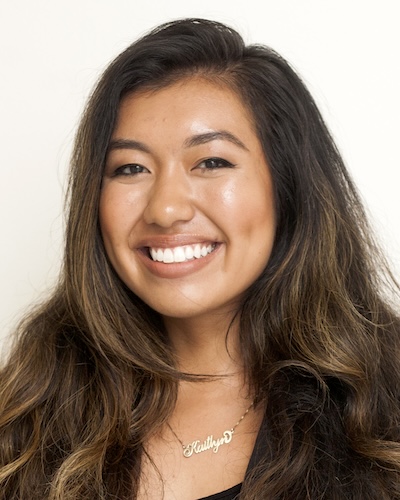
No, I Don’t Find People Jobs: My OT Elevator Speech ⟩
January 29, 2018, by Kaitlyn
If I had a dollar for every time someone asked me what occupational therapy is, I would have . . . well, a lot of dollars. If you’re pursuing OT or even an OT yourself, then you’ve probably come across the following misconceptions and/or questions about the profession, such as, “Occupational therapy is like physical therapy, right?,” or, “Do you help people find jobs?”
For some, it may be exhausting to describe what OT is over and over again. For me, I’ve learned to think of it as a great opportunity to advocate for the profession and tell people about the amazing value of OT! I’ve been in countless situations — other than my job — whether it’s at the dinner table, at social events/parties, or just out and about in the real world where I’ve busted out my OT “elevator speech.” Rome wasn’t built in a day, so we can’t expect everyone to know exactly what OT is overnight either. 😊
Here is the general breakdown and framework of my ever-evolving OT spiel that can hopefully help guide you in some way shape or form:
The “occupation” part of “occupational therapy,” is defined as any meaningful activity that comprises a person’s everyday life. For some people, their meaningful activity in life can mean their career, but for others, it can be socializing with their friends, brushing their teeth, brushing their hair, cooking, engaging in arts and crafts at school, and so on.
Here, I define ‘occupation’ first. I feel like once people understand our meaning of ‘occupation,’ it is a much easier concept to grasp.
Therefore, OT is a health profession that empowers and enables individuals of all ages to engage in these occupations to the best of their abilities despite any injury, disease, or disability.
Here, I define occupational therapy.
How we do this depends on where we work. For example, those working at a school may work with children on their fine motor skills (e.g., using scissors to cut) so that they can participate in arts in crafts in the classroom. Those working in a hospital may work with those who have suffered a stroke to work on activities of daily living (e.g., brushing teeth). *This list could go on and on . . .
At this point, I’ll list examples of different places OT can work and what they do in those settings. Part of the reason why OT is so hard to grasp is because we can be found anywhere and everywhere!
To try and solidify everything I’ve said, I’ll either talk about my personal experiences or somehow make the connection to something that will make sense to the person or people I am talking to. If I’m talking about a personal experience, I’ll tend to talk about OT’s role in animal-assisted therapy and my involvement with Assistance Dogs of Hawaii as a clinical rotation. Another connection I frequently make is related to the Marvel movie, “Doctor Strange,” which works well with the kids/male population/anyone who likes Marvel movies but knows nothing about health care. In summary, Dr. Strange, a neurosurgeon, gets into a car accident in which he injures both of his hands. In the movie, he sees a hand therapist (most likely an OT), who helps rehabilitate his hand so that he can get back to his meaningful occupation of performing surgery (and being a superhero later on, obviously).
Defining OT is all about practice, catering to your audience, and having a positive attitude about it! There is no right or wrong way to talk about a career you love.
⋯
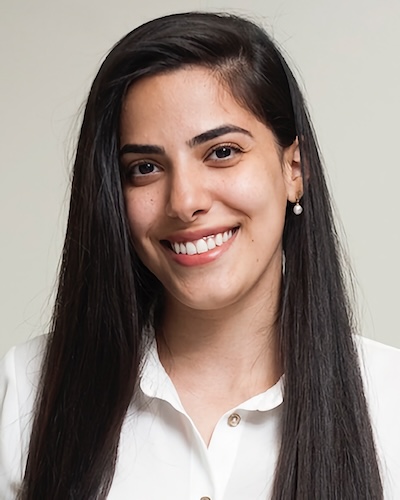
Housing 101 ⟩
January 29, 2018, by Linah
Housing and Transportation Living in LA
Moving to a new city is daunting, let alone a new country (In my case). Before venturing to find housing, I think it is important to gauge your exact needs as a MA student before committing to anything. If you are planning to stay in student housing offered by USC, start as early as possible in order to find a space. However, if you plan to stay off campus, then take your time before signing any leases. You would find better options when looking in person than online, but do not scratch off the online hunt just yet because Facebook is full of USC student groups with ads by Trojans who are looking for roommates or to sublease their apartments.
A tip that most students do before settling on an apartment is to rent a place for short stay or stay with friends or family for the first couple of weeks and look for an apartment physically. During the first few weeks, you will know what your class schedule is, and get a sense of how much time you will need on campus, and even get a chance to prioritize the apartment features you will need as an MA student. For example, knowing what time you finish classes at the end of the day could help you determine whether or not you need a car. If you spend long hours on campus but finish early, perhaps using public transportation would be wiser to avoid traffic. If your classes are more spread out through the day and you finish at night, then getting a car would be the wiser choice since it would be safer.
Location, location, location!
A well located apartment is way better than an apartment with a lot of amenities. Both are important, but in the long run being closer to public transportation, school/work, grocery stores, pharmacies, etc, will prove to be more helpful than having an en suite washer/dryer or whatever. When visiting prospective apartments, use Google maps to check the duration of the commute to campus and vice versa. Almost all housing offered by the university is close to the main campus. As an MA student, most if not all classes will be on the Health Sciences Campus. So, choosing to live on the main campus will mean a daily 40 minute commute to Health Sciences Campus (or 20 minutes if you’re driving). This should be taken into account as well as how close are other services to the apartment, like grocery stores or pharmacies or quick bite restaurants. A good tip for this is to use Yelp or Foursquare to see what is near your prospective apartment. Nobody wants to end up stranded or commuting just for groceries at the end of a long day.
Spending extra on rent might mean saving money in the long run
A well located apartment that includes utilities will be expensive. However, a cheaper apartment that is far and does not offer any amenities will cost more on the long run because you will have to compensate for what the apartment lacks with your own money. For example, splurging a bit on rent and getting an apartment that is close to a metro station, includes utilities, and offers maintenance services, and parking for free will relieve you from needing a car for everything, or paying for parking, gas, electricity or even buying some household appliances. Of course, this all depends on your living needs in LA. So, doing the math beforehand is the only way to determine if this will help you cut costs or not. Also, how long you intend to stay in LA is a contributing factor as well when it comes to deciding how long is your “long run”.
Car or no car?
I think this decision depends on your budget, class schedule, and how close to public transportation you are. For budgeting, bear in mind that a car in LA is very useful but can be expensive. The cost does not only entail the actual cost of the car or its rent, but also parking fees, parking permits, gas money, insurance, and possible maintenance fees. All these costs will pile up at the end of every month, and it is important to make sure that your budget can handle it.
If you decide to opt out of getting a car, then USC has got you covered! The USC shuttle covers all USC campuses and is free of charge for all Trojans. The bus routes conveniently pass through Union Station which is one of the biggest train stations in LA that connects most metro lines. As a USC student you could also get a UPass, which is a metro card that is purchasable at a discounted flat rate at the beginning of every semester. I understand that LA has a reputation of being an “unwalkable” city, but since the Health Science Campus is located so close to downtown LA, public transportation suffices.
⋯

Winter Break Recap / Favorite Occupations ⟩
January 16, 2018, by Bryan
Going into my final semester of the Master’s program here at USC, I wanted to post a walk through of winter break through the lens of a few of my favorite occupations. Hope you enjoy!

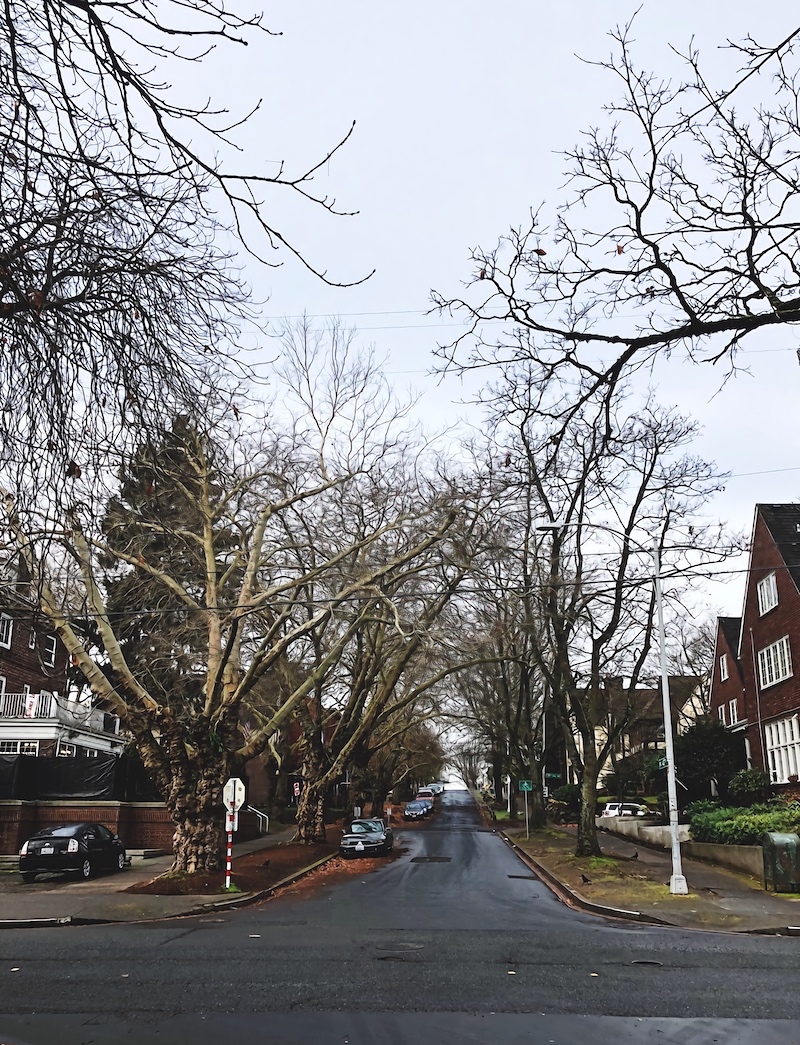


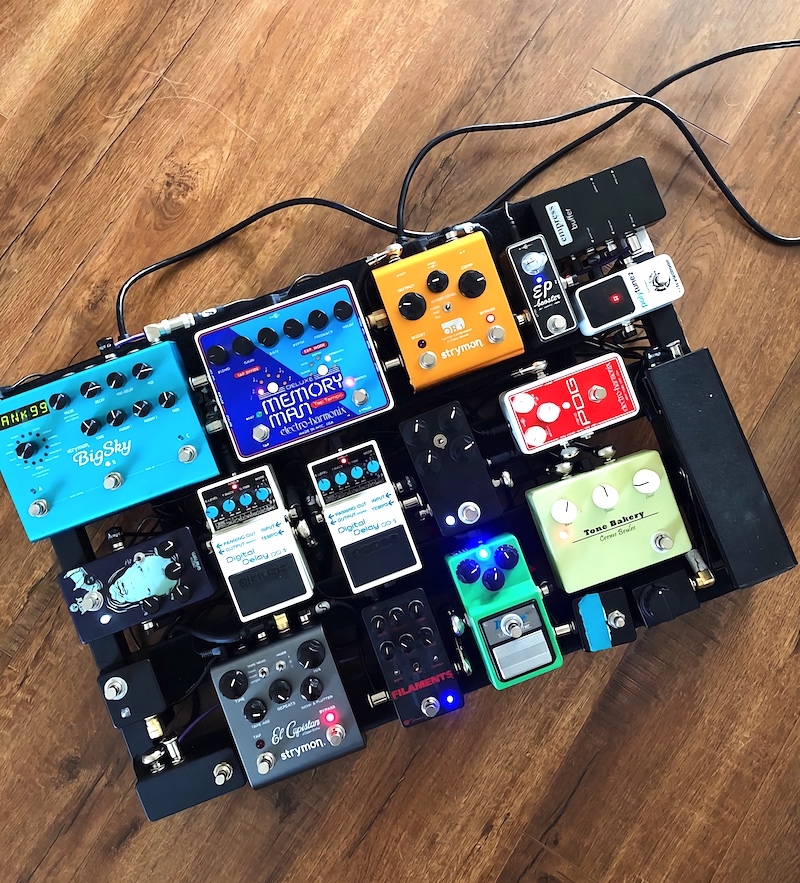
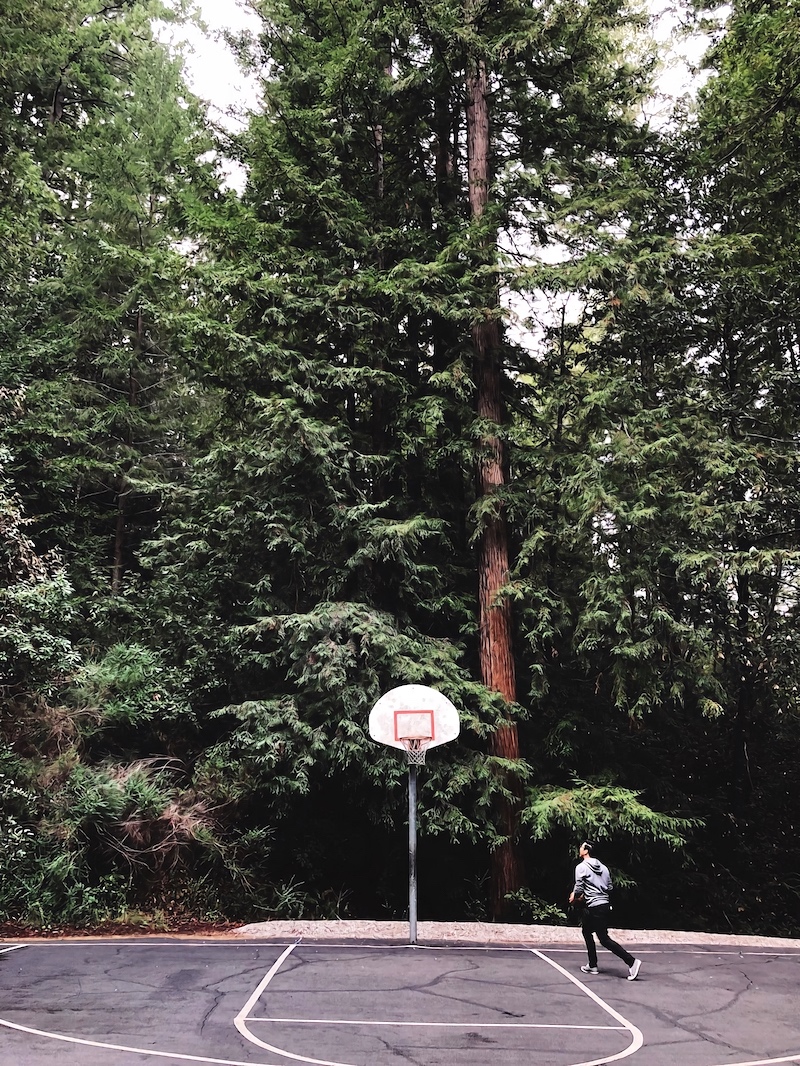


⋯
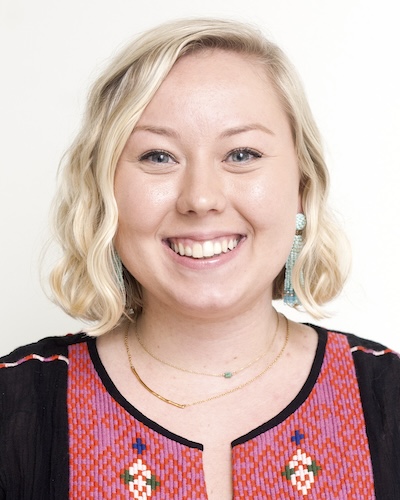
Getting into the Swing of Spring! ⟩
January 16, 2018, by Caroline
Spring semester is officially here! I’m definitely still getting back into the swing of classes and schoolwork after a long winter break. I had exactly a month off — and I definitely used it! Ali made the point that this may be the last long school break we’ll have, so I’m glad that I filled it with so many meaningful occupations! I was able to visit a friend from college in Nashville, TN (the country music fan in me was over the moon), spend Christmas with my family back home in North Carolina, and then finished it off with a family vacation in Hawaii filled with hiking, snorkeling, and sight-seeing. Check out a couple of pictures from Hawaii — my family and I hiked Manoa Falls in Honolulu; I also enjoyed relaxing by the beach, and I even tried Standup Paddleboarding for the first time!
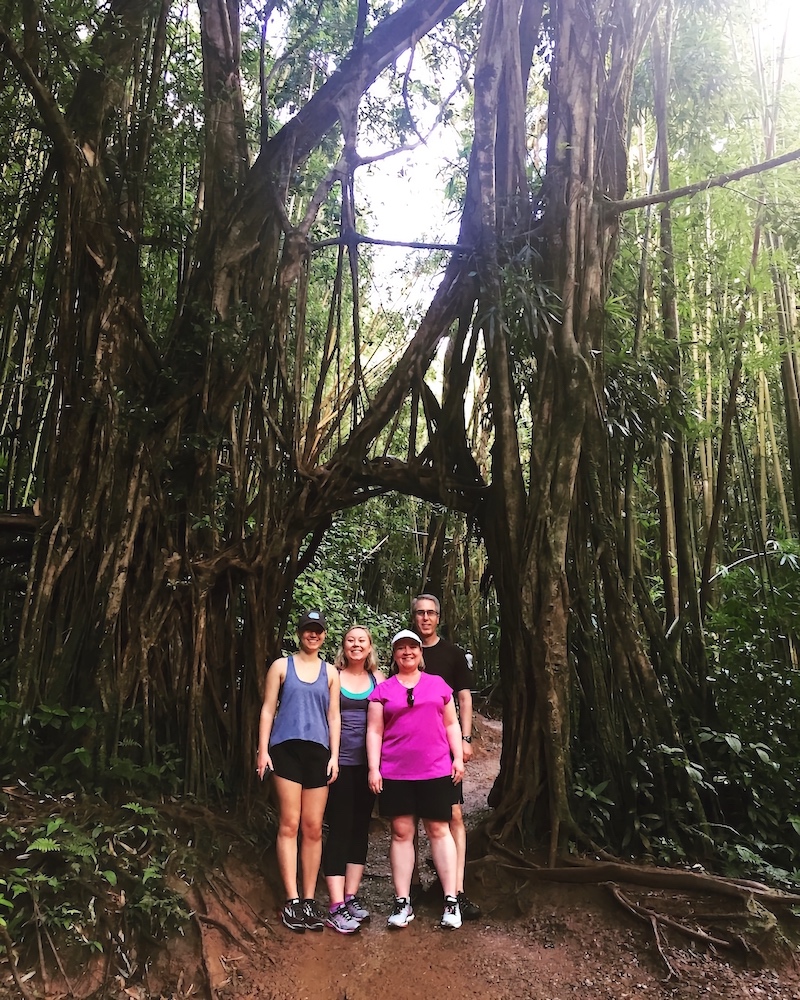
My family and I hiked Manoa Falls in Honolulu.

I spent some time relaxing by the beach, and I even tried Standup Paddleboarding for the first time!
Although leaving the beautiful beaches of Hawaii was tough, I’m excited to be back at school for this final semester in the Master’s program. Up until now, all of my courses were selected for me, as I worked my way through the Entry-Level Master’s Program curriculum. This semester, however, is unique because I got to select elective courses to fill my schedule. There are two required courses: OT540: Leadership Capstone and OT545: Advanced Seminar in Occupational Science that all second year students take in the spring.
The rest of my schedule is filled with the electives of my choosing! I see myself going into Pediatrics, so I chose elective courses related to Pediatric practice. I’m taking OT 564: Sensory Integration and OT 565: Sensory Integration Interventions, which count for part of the educational coursework to become certified in Sensory Integration. It’s unique that I’m able to start working towards this certification as part of my Master’s Curriculum, so I’m really grateful for this opportunity. I also get to learn from Dr. Erna Blanche, who studied Sensory Integration under Dr. A. Jean Ayres (who is basically an OT celebrity because she developed Sensory Integration Theory). In OT 567: Contemporary Issues: Occupational Therapy in Early Intervention, I get to learn about OT for children birth-3 years old, with an emphasis on the importance of family-centered and culturally-relevant practice. Finally, I’m taking OT 575: Dysphagia Across the Lifespan: Pediatrics Through Geriatrics. This class is all about swallowing disorders — I already got to look into my classmates’ throats to look for certain anatomical landmarks on day 1, so you could say it’s going well.
Because second years are all taking elective courses, we’re no longer divided up by cohort. Everyone is mixed up into different combinations, based on the classes we chose for ourselves. I definitely miss the familiarity and comfort of the 45ish students in my cohort, but I also value hearing opinions from different classmates.
It’s already shaping up to be a busy and eventful semester, but I’m just trying to take in as much as I can and enjoy these final few months (both in class and outside of class) with my classmates and friends before we all move on to the next step in our OT careers!
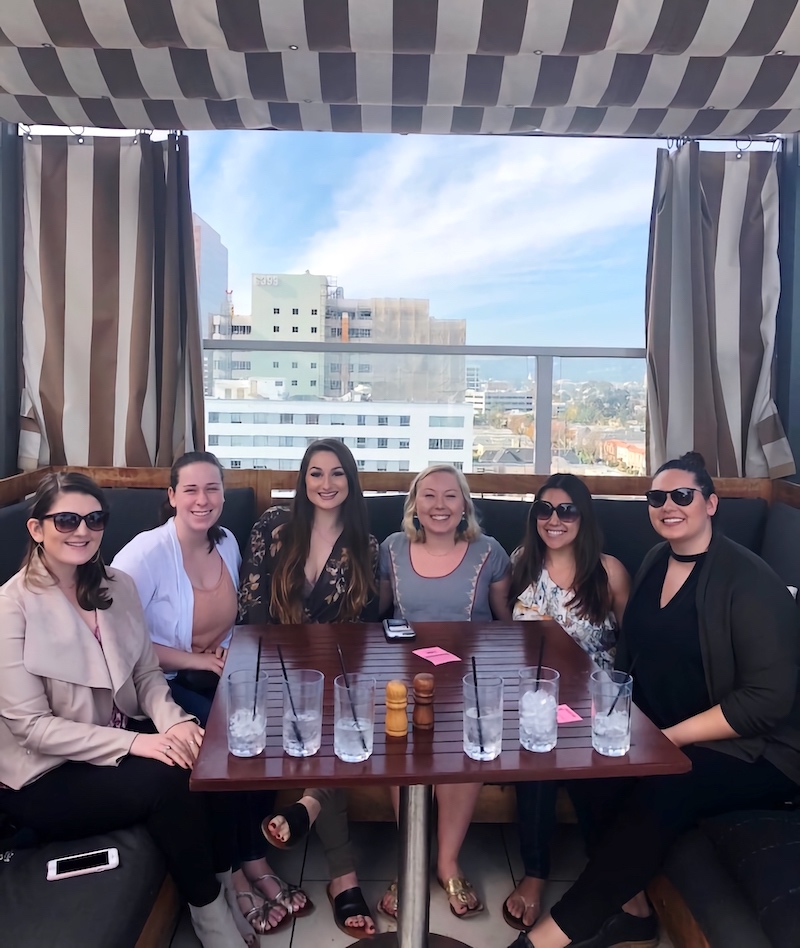
I celebrated the start of the semester with brunch with friends, surrounded by LA rooftop views.
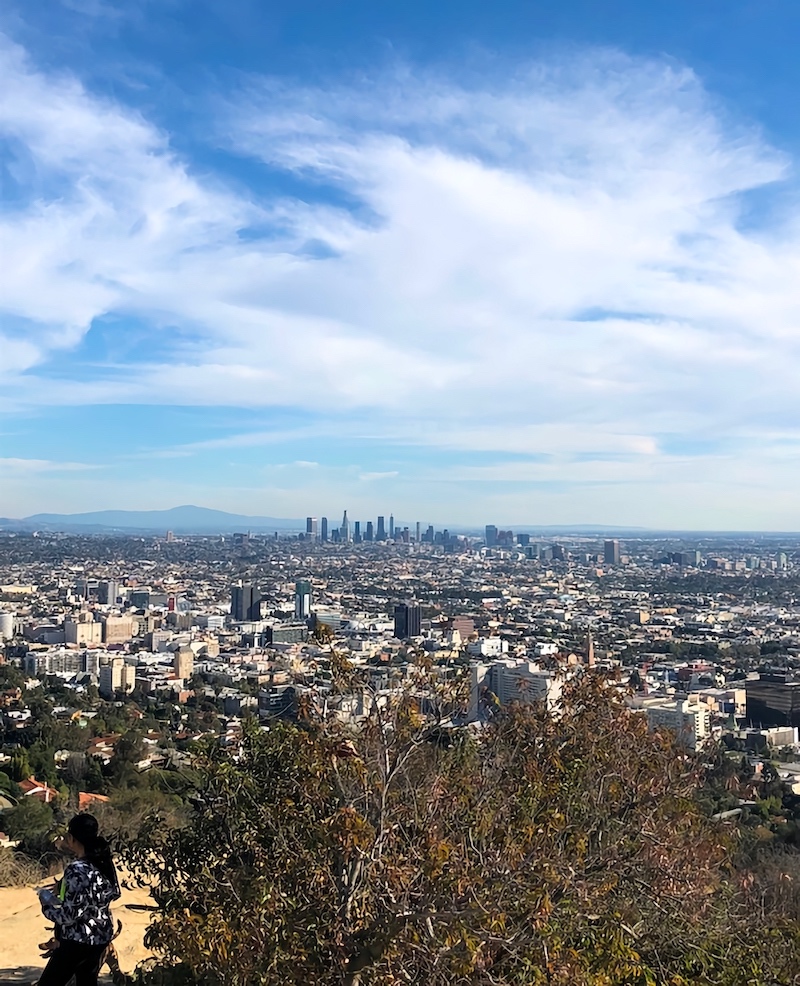
I took advantage of the long weekend to hike Runyon Canyon, with a great view of the Downtown LA Skyline.
Looking forward to more fun LA outings throughout the semester — gotta fill my No-Homework-Saturdays somehow, right 😉
⋯
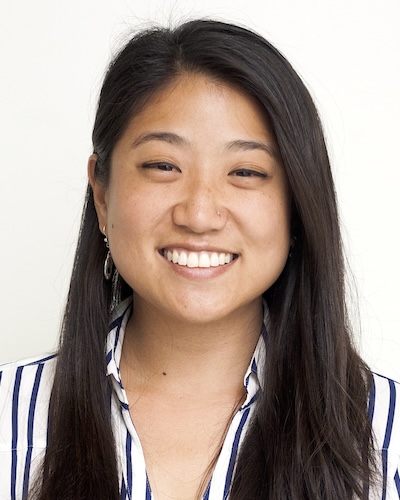
My Encounter with Cookies and Kinship at CHP ⟩
January 16, 2018, by Erika
Every day, hundreds of USC faculty, staff, OT students, PT students, and Pharmacy students, wander the halls, offices, and patios of the Center for the Health Professions (CHP) building. It’s the hub where we, as OT students, spend most of our time in the program. It houses our classrooms, labs, auditoriums, outdoor patios, and other spaces that facilitate our learning.
We have one particular room at CHP that most students unofficially call “the microwave room.” Between 12-12:20pm, you will find 8 or so microwaves buzzing as hungry OT and PT students nuke their lunches. There are also communal tables in this room where you could eat your lunch, study, or catch up with friends. This is where I had a beautiful unexpected encounter with Sharon*.
I was about to take a bite of my green beans and meatless ground beef stir fry (don’t be hatin’ on my veg game) leftovers when I hear a voice: “That smells AMAZING!” I look over and I see a sweet woman with the gentlest smile munching on her apple. I thank her and humbly tell her that it tastes as good as it smells and we get to talking. I find out she works in a research office on the 2nd floor of the building. Somehow, we arrive on the topic of cookies and she asks me if I like them.
“HELL YES.”
She asks me what kind.
“Chocolate chip.”
She asks me if I like nuts.
“No way.”
She says I remind her of her son who likes his cookies just the way I do and asks if I’ll be on campus on Friday.
“Yes!”
Without hesitation, she says she’s going to bake me a batch and bring them on Friday. My eyes get huge and my heart warm. I tell her that I have a big batch of my green beans and meatless ground beef dish and that if she’s open to it, I’ll bring her a lil lunch in exchange. She says that would be amazing.
Friday rolls around and I walk up to her office in CHP. She’s delighted to see me and we do our lil exchange. The cookies look perfect in every way - moist, chewy, made with love. I ask her if I can taste one now and she says of course! I take a bite and immediate let out a “Hoooooly that’s good.” She smiles sweetly at me and says, “I like you. How do I keep you in my pocket all day?”
This beautiful encounter left me with such gratitude and joy. Knowing that humans like Sharon exist who choose to connect with others not just out of politeness but out of genuine curiosity and kinship inspires me to implement these qualities in my practice as an OT.
Sharon’s kindness reminds me of a book I read over the winter break called “Barking to the Choir: The Power of Radical Kinship” by Gregory Boyle, the founder of Homeboy Industries, the largest gang intervention program in the world. He speaks about our deep interconnectedness as humans despite our varying backgrounds, experiences, ethnicities, etc., and that once we realize that we share in kinship with strangers and loved ones alike, we can start to truly love. Here is a powerful interview with Greg Boyle if you are interested in learning more:
Priest Responds To Gang Members’ ‘Lethal Absence Of Hope’ With Jobs, And Love
As I left Sharon’s office, I told her I’d be back to return her tupperware.
In true Sharon fashion with her perpetually giving heart, she yelled back at me, “Not unless you want it refilled!”
*All names mentioned in this blogpost are pseudonyms.
⋯





